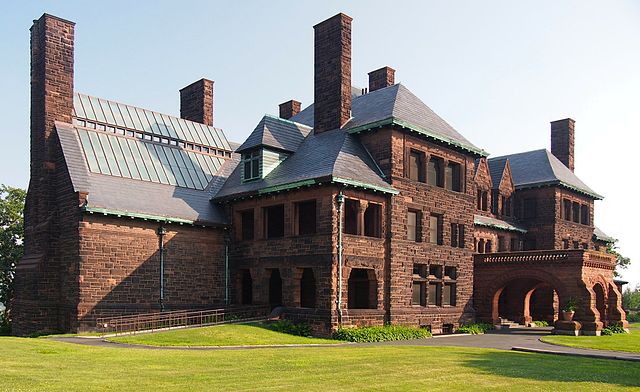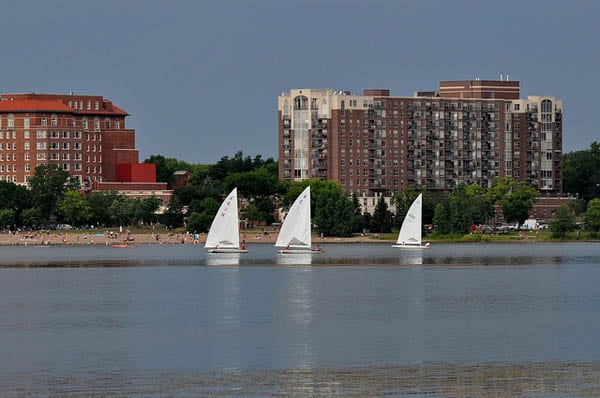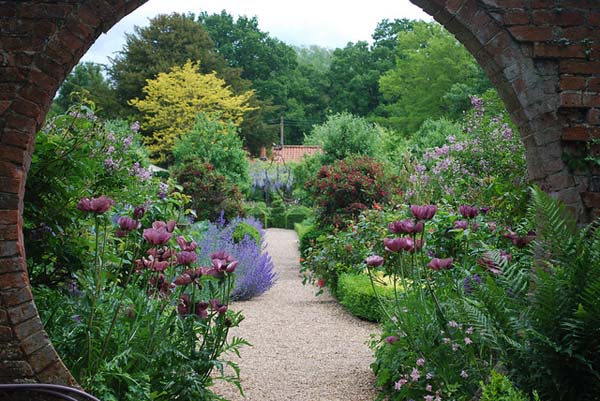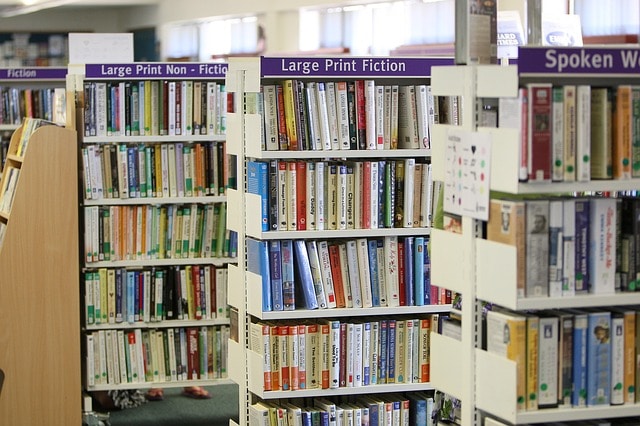
Hidey Ho Neighbors!

There’s an old real estate agent tactic undertaken when business was slow. Agents would knock on doors, asking folks if they know anyone that wants to move into the neighborhood, reminding them that this was their chance to “choose your own neighbors!”
I got to thinking about this last night and I realized that what Team Lindahl does is a lot more than assisting people in the purchase and sale of homes. We help folks build neighborhoods! As proof, take a look at the Trulia survey from last year. In it, the researchers found that 74 percent of homeowners like their neighbors and only 58 percent of renters do.
Furthermore, 61 percent of homeowners know their neighbors’ names while only 39 percent of renters do. Then, they broke the study into regions. No surprise that Midwesterners turn out to be the most neighborly.
It’s a fact as well that a cohesive neighborhood, filled with more homeowners than renters, is valued higher by potential buyers. Yet, a Thomson Reuters survey taken in 2013, shows that 42 percent of Americans have been involved in a dispute with their neighbors.
The reason for that may lie in the results of the Trulia survey. Only 37 percent of homeowners said that the character of the neighborhood was a factor in helping them choose their current home. Only 16 percent said the neighbors were.
How a Bad Neighbor Affects Your Home’s Value
What constitutes a “bad” neighbor varies according to who you talk to. The Appraisal Institute, however, defines a bad neighbor as the one with the incessantly barking dog, the trashy yard, the one that never does one thing to maintain the exterior of the home and the one who makes a lot of noise.
They even have a term for the depreciation of home value that occurs when a home is located close to a bad neighbor: External obsolescence – depreciation caused by external factors.
“I’ve seen many situations where external factors, such as living near a bad neighbor, can lower home values by more than 5 to 10 percent,” said Appraisal Institute President Richard L. Borges.
It’s always a good idea to walk the neighborhood at different times of the day and evening before deciding to purchase a home in it. If you already live next door to the neighbor-from-you-know-where, appraisers suggest speaking with the neighbor about the problem.
If that doesn’t work, check the CC&Rs (if your subdivision has them) to see if the neighbor is in violation of any of them and have the HOA go after him or her. As a last resort, hire an attorney. The money you spend on legal representation may be far less than the money you’ll lose on the sale of your home by living near a lousy neighbor.








